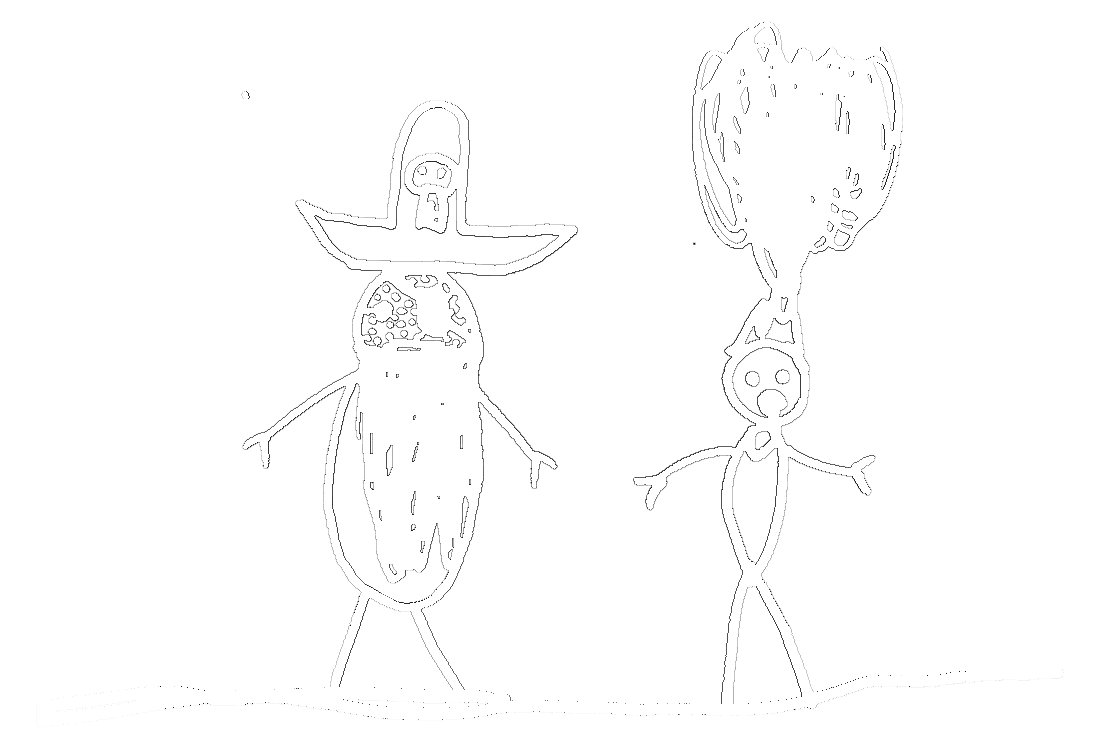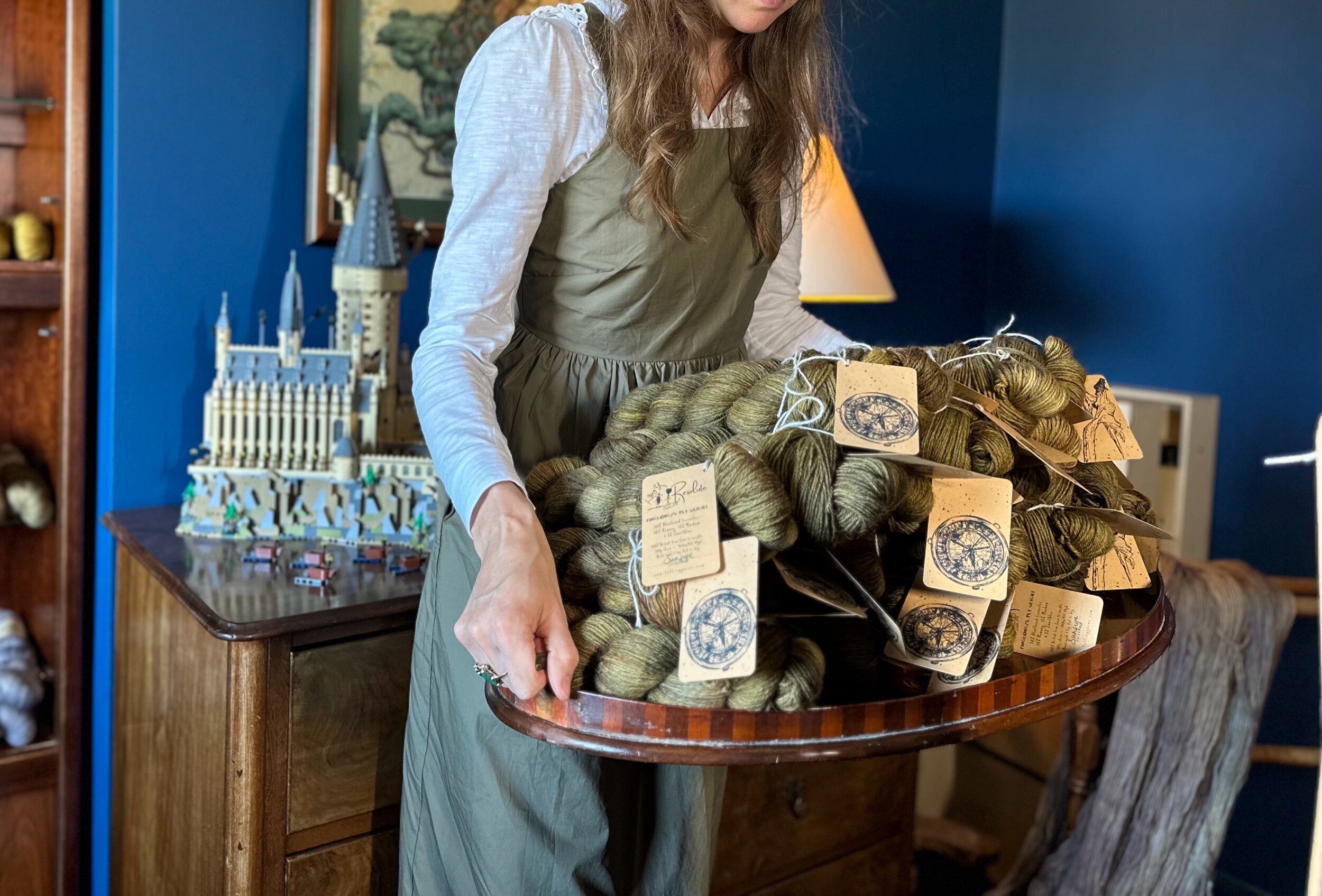Delivery
Orders will usually be despatched within 5-7 working days.
Orders over £50 will attract an automatic discount of £4 at checkout. This equates to almost free P&P for UK orders and provides a significant discount on overseas P&P.
UK orders will be despatched via Royal Mail First Class Signed delivery and usually take no more than a few days to arrive.
Rest of World orders will be despatched via Royal Mail International Tracked delivery and usually take around 1 week to arrive.
EU orders will be despatched via Royal Mail International Tracked delivery and usually take a few days to arrive. As of January 1st 2021 the EU now treats UK imports as it does non-EU imports. This means that from July 1st 2021 you will be subject to Customs and Excise Duty as well as VAT charges before you can claim your Telling Yarns parcel. These charges will depend on the country your parcel is being sent to and the value of the item.
Returns
If, for whatever reason, you are unhappy with your order, then you may return it. Please notify me as soon as possible, and within 28 days of purchase. You can contact me via the form here, or via email. Any yarn returned for an exchange or refund must arrive in its original state and be fit for resell. Custom orders cannot be returned. The buyer is responsible for return shipping costs.
Subscriptions can be cancelled at any time by logging into your online account. We ask that you please drop us a quick message with the reason for cancellation as it helps us to better understand our customers’ needs.
Discount
Spend over £150 to automatically attract 10% off at checkout.
Caring for Wool
I heat your yarn incredibly slowly when dyeing it and then keep it cooking for a very long time to ensure all dye is exhausted from the bath, before allowing it to cool oh-so-slowly overnight. Very saturated colours might even go through the whole cooking process again next morning, but this time without adding any dye.
The next day brings with it abundant rinsing and washing, before slow spinning the clean water from the yarn to hang it above a sink/outside where it will drip dry for the day. It will then overnight for at least 12hrs in a comfortably warm drying room, before being wound into beautiful skeins and hand labelled ready to sneak between tissue paper blankets and snuggle down in a box for its journey to you.
Despite all this love, some dark or saturated colourways might still bleed a little. Please wash your knits in cool water, with mild soap and please do not let them sit fully submerged without movement for more than 5 mins if wet blocking. For colourwork projects, I recommend first knitting a swatch using all the colours, then wash and block to make sure there is no colour bleed.
Colourway Consistency
All Telling Yarns skeins are thoughtfully dyed by hand in small batches. Whilst I strive for consistency in colourways, hand-dyed yarn will always provide uniqueness even within each batch.
Please keep the following in mind when making a purchase:
Purchase all the yarn you need for one project at the same time, as it’s unlikely you’ll get an exact match from a subsequent order.
Although I try to dye low-pooling colourways generally, when working on a project that uses more than one skein (including semi-solids), it is recommended that you alternate between 2 or more skeins to avoid colour pooling or visible changes from one skein to the next.
Remember it’s lovingly dyed by hand in small batches.
Here’s a brilliant guide on alternating skeins from Elizabeth Smith Knits, if you’re unsure how to approach this.
Yarn Substitution
2 strands of Resolute held double equals 200m/100g, which is a Worsted weight yarn equivalent. 1 strand of Resolute held double with 1 strand of Steadfast is 147m/100g or Aran weight yarn equivalent. 2 strands of Steadfast held double throughout will be 116m/100g, also recognised as a chunky weight yarn equivalent.
Susanna Winter has written an insanely clever article about the maths of yarn substitution when holding double. I strongly urge you to check it out here.
The principles are:
Figure out how many skeins of the thicker (or lower-meterage) yarn it takes to cover the same distance as the thinner (or higher-meterage) yarn.
Calculate the combined weight of the two yarns over the meterage of the longest yarn.
Divide the longest length by the combined number of skeins it would take to cover the distance.
You should now have your meterage m/100g which indicates the yarn weight of your 2 strands held together.

